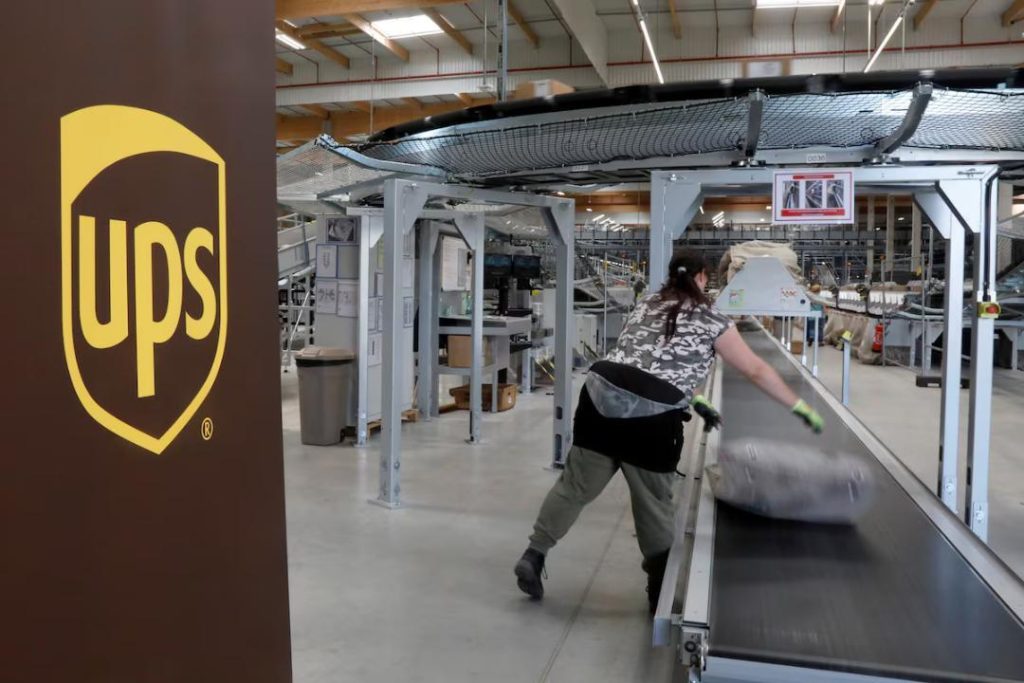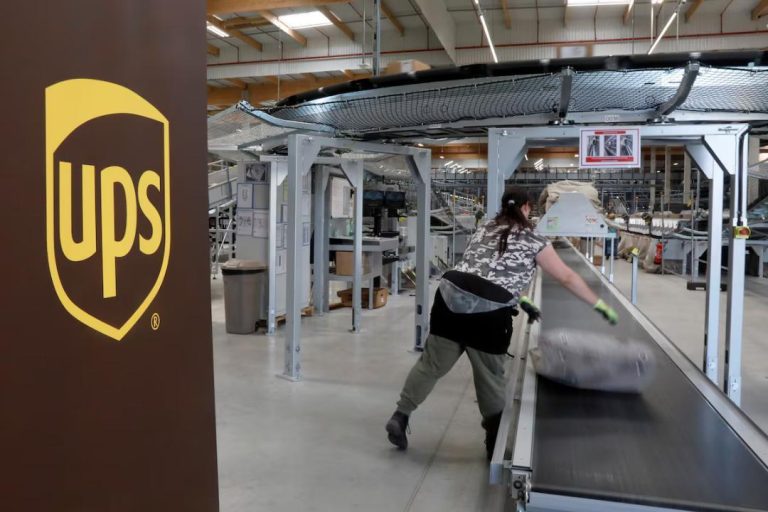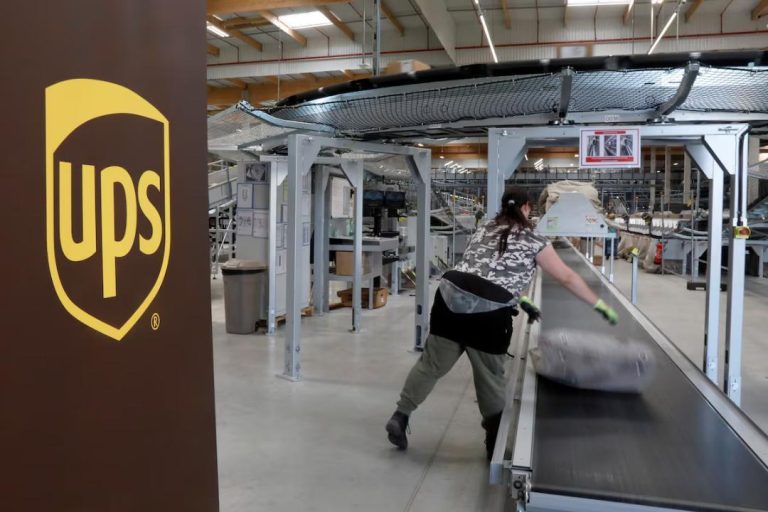
UPS to Cut 20,000 Jobs to Lower Costs & Prepare for Potential Pullback from Amazon
In a move aimed at reducing costs and preparing for a potential pullback from its largest customer, Amazon, United Parcel Service (UPS), the world’s largest package delivery firm, announced on Tuesday that it will cut 20,000 jobs. Alongside this drastic measure, UPS will also shut down 73 facilities across the United States and Europe.
The job cuts, which will be implemented over the next few months, are expected to result in significant cost savings for the company. According to UPS, the reductions will help the company to “reconfigure its network” and “reduce costs across its business.” The move is seen as a strategic decision to adapt to the changing market landscape and to ensure the company’s long-term sustainability.
In a statement, UPS CEO Carol Tome emphasized the importance of the company’s actions, saying, “The actions we are taking to reconfigure our network and reduce cost across our business could not be timelier.” Tome’s comments suggest that UPS is taking proactive steps to address the challenges posed by the rapidly evolving logistics industry.
The move comes as a response to the significant shift in the global shipping market, driven in part by Amazon’s growing dominance. As Amazon continues to expand its logistics capabilities, it has become increasingly reliant on third-party carriers like UPS. However, this has led to concerns that Amazon may eventually pull back from its reliance on UPS, opting instead to handle its own logistics and delivery operations.
By cutting jobs and shutting down facilities, UPS is attempting to reduce its costs and increase its efficiency, making it more competitive in the market. The company is also investing in new technologies and infrastructure to improve its service offerings and better position itself for the future.
The job cuts will affect employees in various roles, including drivers, handlers, and administrative staff. UPS has committed to supporting affected employees through a range of measures, including career counseling, outplacement services, and severance packages.
The decision to cut jobs and close facilities is not without precedent. In recent years, several major logistics companies have implemented similar measures in response to changing market conditions. For example, FedEx, UPS’s main competitor, announced plans to cut around 12,000 jobs in 2020 as part of a broader restructuring effort.
Despite the challenges posed by the changing market landscape, UPS remains confident in its ability to adapt and thrive. The company has a long history of innovation and resilience, and its decision to cut jobs and close facilities is seen as a necessary step towards ensuring its long-term success.
As the logistics industry continues to evolve, it is clear that companies like UPS must be prepared to adapt quickly and respond to changing market conditions. By cutting jobs and closing facilities, UPS is taking a proactive approach to reducing costs and increasing its competitiveness.
In conclusion, UPS’s decision to cut 20,000 jobs and shut down 73 facilities is a significant move aimed at reducing costs and preparing for a potential pullback from its largest customer, Amazon. While the job cuts will undoubtedly have a significant impact on employees, the company’s commitment to supporting affected staff and its investment in new technologies and infrastructure suggest a commitment to long-term sustainability.




